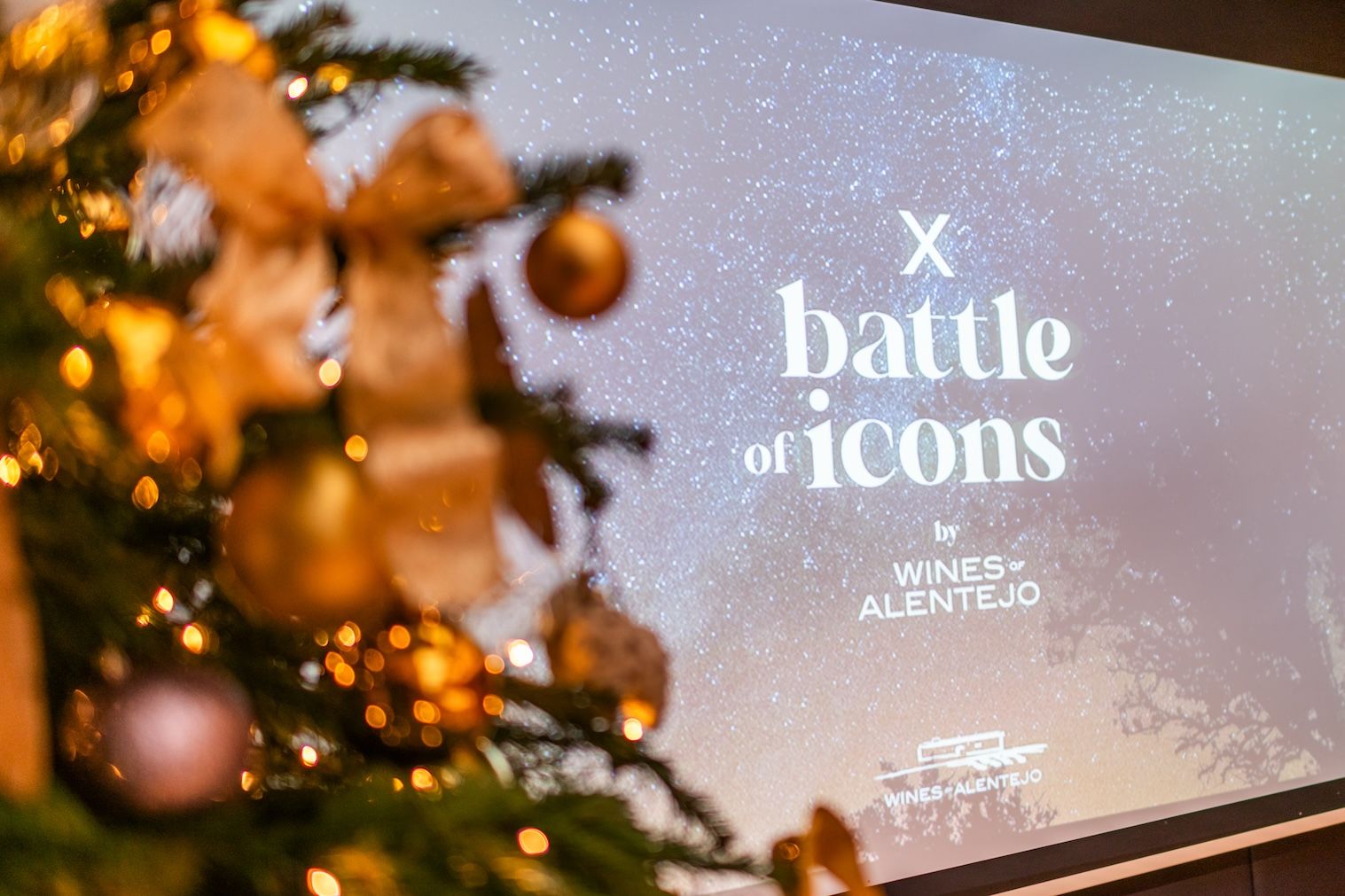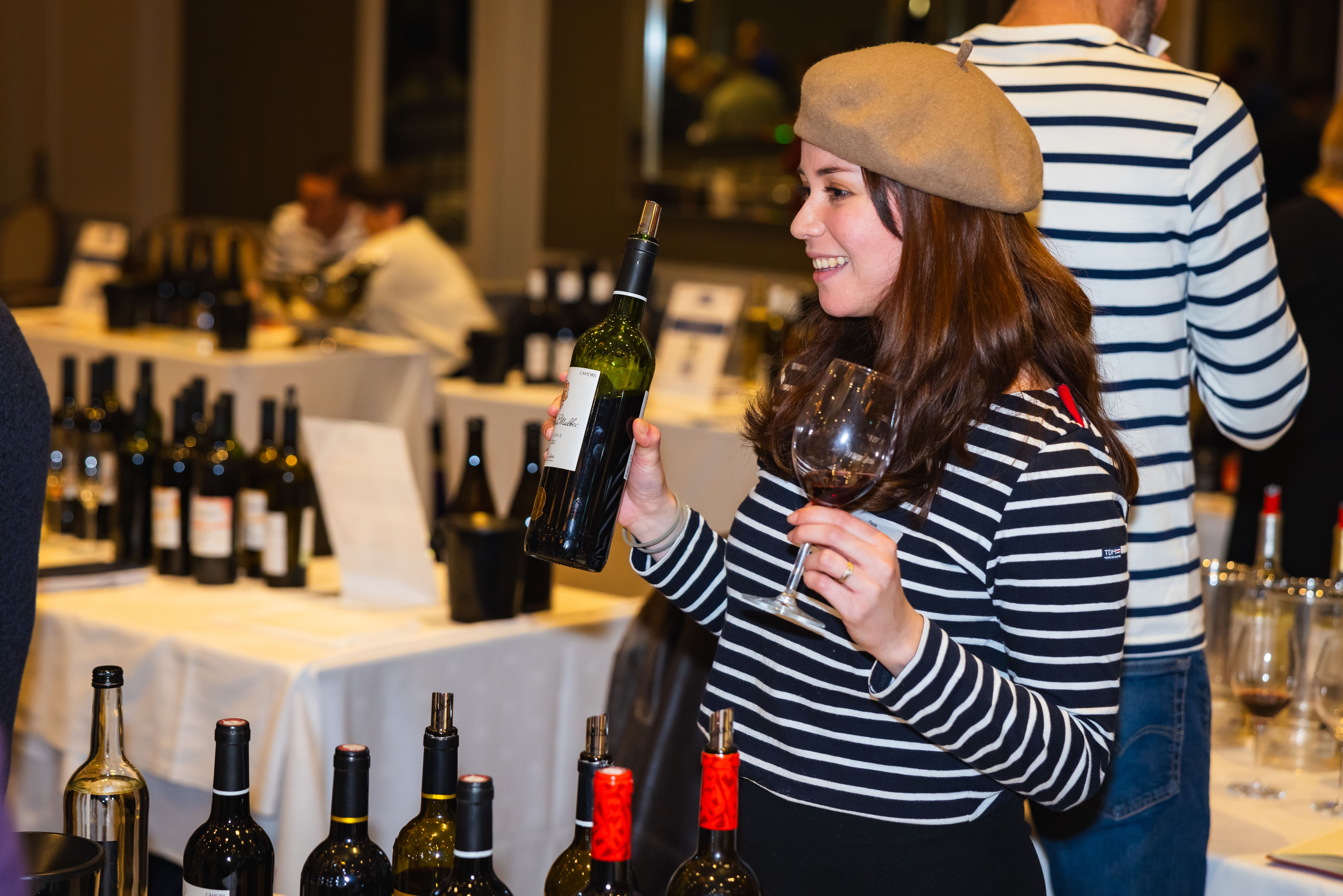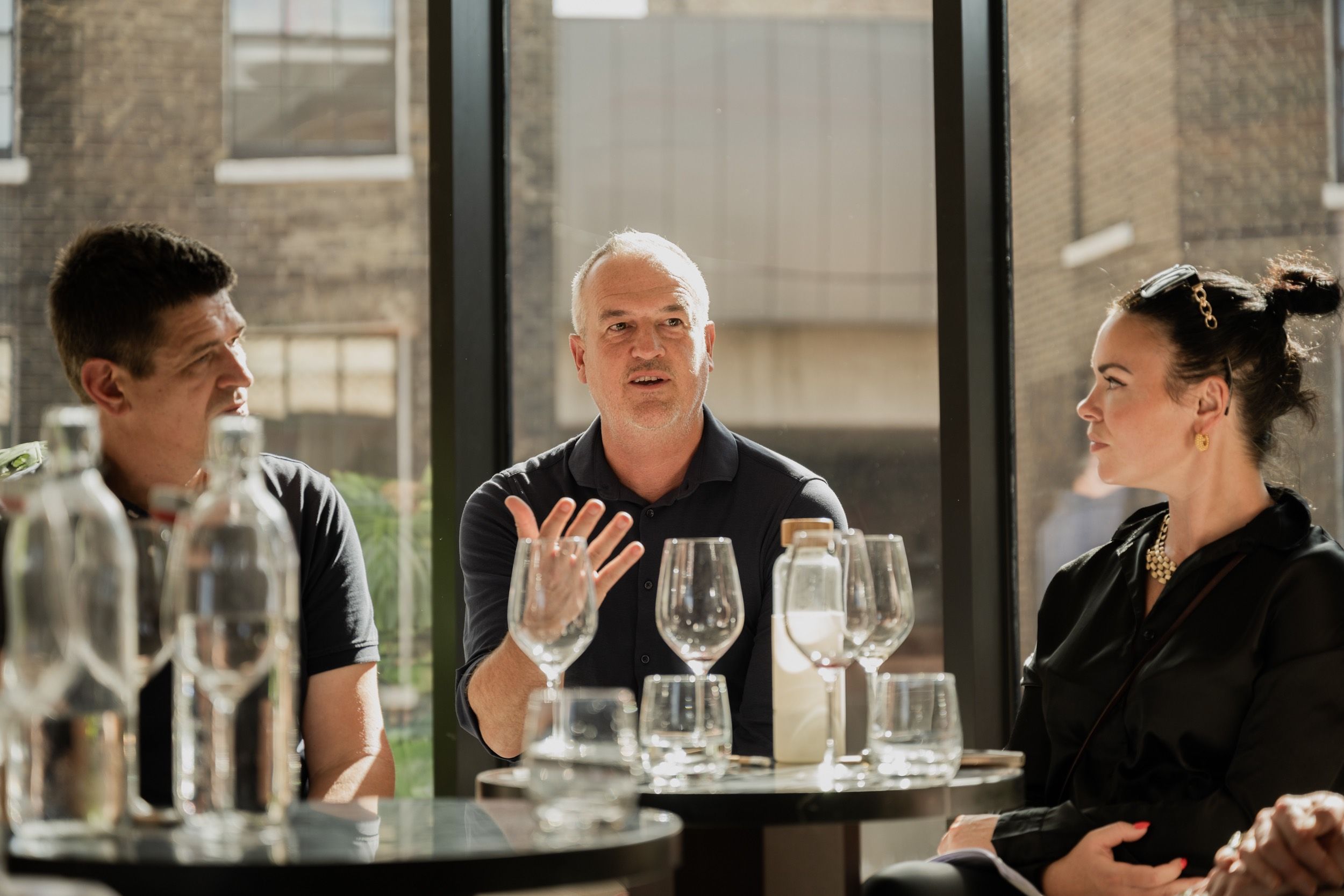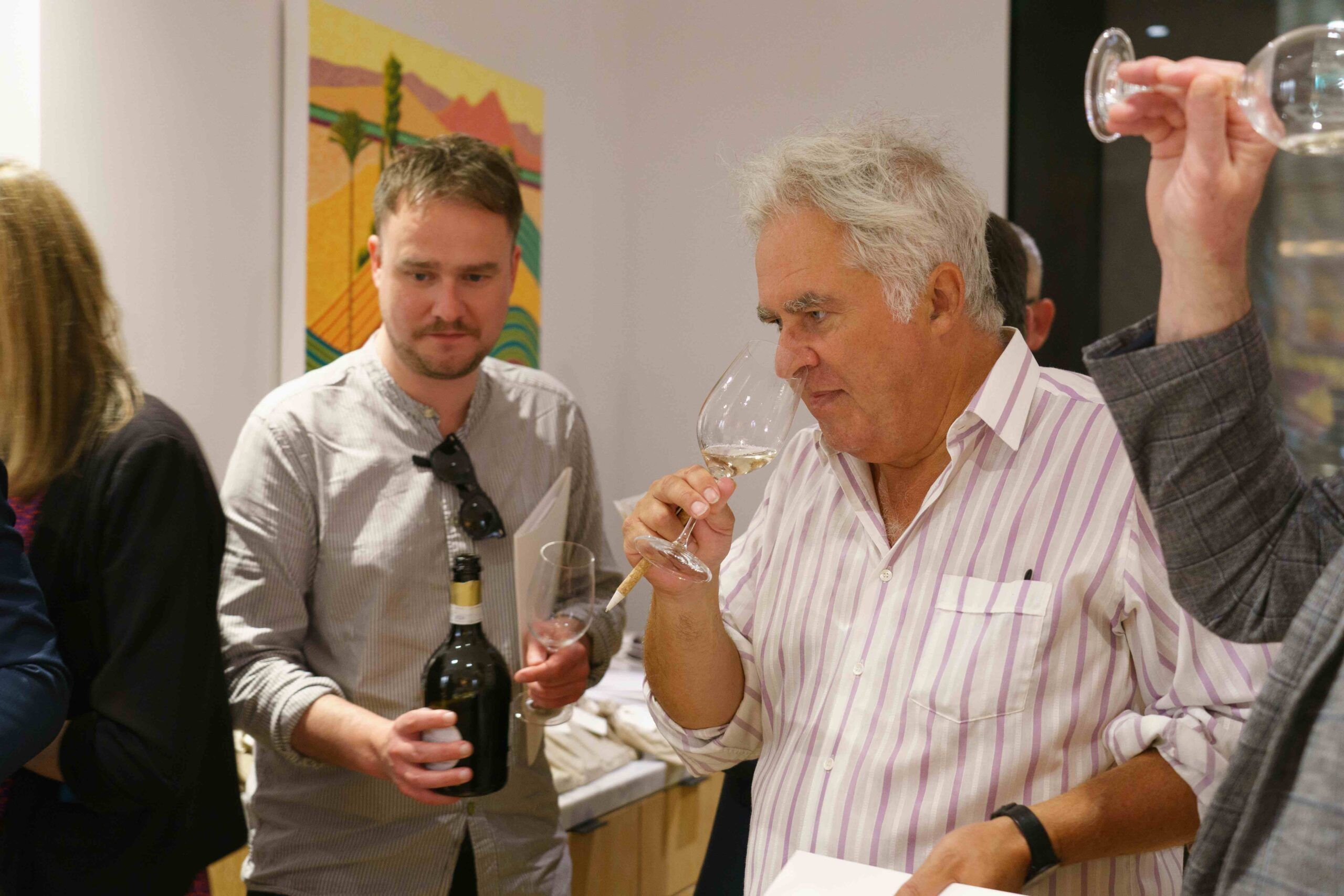Over 12 million copies of Hugh Johnson’s Pocket Wine Guide have been sold since its first publication 44 years ago. His seminal World Atlas of Wine is also on its 8th edition.

“Precise” and “detailed” are words I never thought I’d use for Toro.
What have you been doing for the past 6 months?
Editing two books: The Story of Wine and a third anthology of Trad’s Diary, my 40-year old gardening column. Title: Sitting in the Shade
How has Covid impacted your professional life?
Less than most people. I work at home, tend my garden, write my books and the odd column. A good quiet working period.
Have there been any unexpected beneficial side effects?
Peace and quiet.
What have been your biggest wine discoveries of the past 12 months?
Various English wines. A wide range of wines from all over (it’s my job and always interesting). Sicily. Roussillon. Greece. Tasmania….
This is the first year that Belgium has had its own section in the book. Which countries will debut next year?
Perhaps a paragraph on Scandinavian efforts.
Any other regions/ countries do you think we should be keeping an eye out for?
Who knows? Just keep your eyes skinned; nw we know good wine can come from unlikely places.
Which wines are you still surprised that the public haven’t taken to their hearts?
Sherry. Rieseling. The same old. Why does nobody ‘get’ Riesling or realise that fino sherry is the world’s greatest white wine bargain?
If you could have seen the 2021 edition when you first started writing the Pocket Wine Book 43 years ago – what would have surprised you the most?
The number (and the quality) of new wines, regions, producers….
In the English wine section you only mention sparkling wines because “that’s where most of the fun is”. What is your take on what is happening with English still wines and when will you start including them?
Next year. But the book is international and few are available abroad.
What do you mean when you say that “The wine writer has been upgraded … almost to oenotherapist.” ?
A joke. Some people take it all that seriously. (I don’t).
What is your opinion about the wine-scoring system? Is it still relevant in today’s market?
I’ve never understood how anyone can gauge quality like that. I certainly can’t. I try to ignore it.
You don’t seem to be a fan of pet nat wines. Why is that?
No objection; there are just better things to drink.
Which Orange wines are you most fond of (if any)?
Same answer as above.
Are ‘Natural wines’ just a passing fad?
Presumably not for vegans etc. Some bio wines are among the greats.
Global warming: good or bad for winemakers?
So far generally good news – but probably not for long. Look at California
Are you optimistic that winemakers will find ways to cope?
“Always”.?
Some might say that the mobile phone is the medium these days for ‘Pocket-sized books’. Are there any plans to make the Pocket Wine Book an app?
It’s been an app of sorts for years but it seems people prefer a little book.
How do you still find the enthusiasm for new vintages year after year? A blend of curiosity and thirst.
HUGH JOHNSON’s 10 WINES TO TRY IN 2021
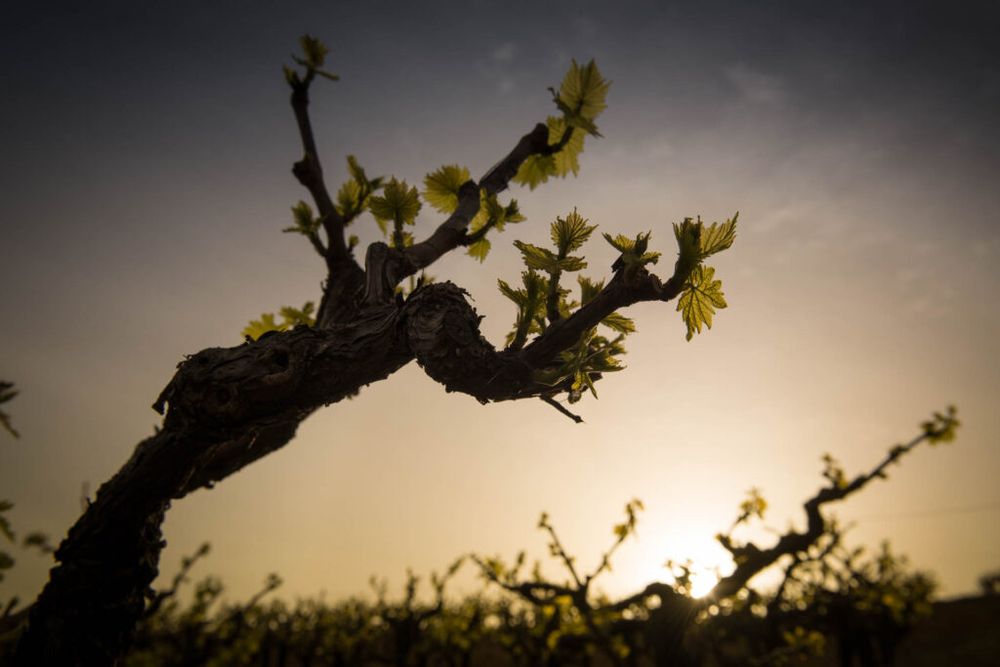
Dafni from the Psarades Vineyard, Domaine Lyrarakis, Crete appeals to Johnson both as wine expert and horticulturist
What do we recommend that you try this year? The world is your oyster; but the following ten wines are ones that we currently love. Some are new discoveries, some are rediscoveries and some are old friends. All are pearls.
Red wines
Reunion, Kracher, Burgenland, Austria
Beautiful Blaufränkisch: savoury, complex and accomplished, full of pure, tense, red-cherry fruit, layered and fresh. Blaufränkisch is a terri c grape, in the Gamay-Pinot-Malbec avour spectrum, and it’s a bit of an Austrian speciality.
Las Uvas de la Ira, Vino del Pueblo, El Real de San Vicente, Daniel Landi, Méntrida, Spain
Thyme, incense, cherries, medicinal notes, tension and freshness conjured from old Garnacha vines in the cult region of Gredos, near Madrid. Perfumed and sinuous. This is new-wave Garnacha at its best, showing all the perfume and delicacy of which the grape is capable in certain places.
Bodegas Pintia, Toro, Spain
Toro used to be the home of huge tannins and far too much oak, but when Vega Sicilia moved in it showed that things could be done differently. This is from Vega Sicilia’s estate: it smells of cocoa, plums, spice and roses, and is fresh, tense and nicely grippy on the palate. “Precise” and “detailed” are words I never thought I’d use for Toro. Bravo.
Henry’s Seven SGV, Henschke, Eden Valley, Australia
We should all drink Australian wine this year, to support a disaster-struck industry and country. This is a beaut from a great grower: a Grenache/Shiraz/ Mourvèdre blend, savoury, herbal, complex, perfumed and distinctive.
Terrenus Vinha da Ammaia Amphorae, Alentejo, Portugal
If you fancy tasting an amphora wine, this is a good place to start. The grapes are Trincadeira, Castelão and Moreto, and the vines and the amphorae are both old. The wine is as modern as they come: supple, subtle, poised, full of blackberry and sloe fruit, with a nice fresh earthy touch.
Geyserville, Ridge Vineyards, Sonoma County, California, USA
At some point in your life you have to try Ridge. Geyserville is not its most expensive, but it’s particularly good value. It’s mostly Zinfandel, plus Carignane, Petite Sirah and a pinch of Mataro: all hot-climate grapes that can be rustic in the wrong hands. Instead this is taut and subtle, all earth and spice and lots of tarry black fruit, and even owers. It’s a traditional eld blend, fermented with native yeasts – and it’s unmissable.
White wines
Cuvée Reynolds Stone Brut, Breaky Bottom, Sussex, England
Reynolds Stone was a wood engraver and letter cutter who designed the original Breaky Bottom label, as well as the royal coat of arms on every British passport. All Peter Hall’s wines are named after artists and musicians, and they come from a tiny vineyard hidden in the South Downs, where Peter Hall has been making wine since 1974. The 10 vintage is saline, tense and compelling.
White Blend, AA Badenhorst, Swartland, South Africa
I do love a wine name that tells you exactly what it is. This mixes Chenin Blanc with Roussanne, Marsanne, Grenache Blanc, Viognier, Verdelho, Grenache Gris, Clairette, Semillon and Palomino from Swartland’s old bush vines, fermented and aged in very old casks. It’s a wonderfully fresh, mineral, complex wine, with notes of citrus, salt, stone fruit, tea, orange blossom and wild herbs, with just a touch of tannic grip.
Ried Lamm 1ÖTW, Grüner Veltliner, Schloss Gobelsburg,
Kamptal, Austria Lamm is one of the best vineyards in Austria for Grüner Veltliner, and Schloss Gobelsburg never puts a foot wrong. This is silky, graceful, deep and delicate, ligree and rm, full of quince and salt. 1ÖTW, by the way, indicates that the vineyard is a “ rst growth” in the vineyard classi cation of the Österreichische Traditionsweingüter association.
Dafni, Psarades Vineyard, Domaine Lyrarakis, Crete, Greece
This tastes and smells fascinatingly of bay – which is why, as gardeners will have guessed, the grape is called Dafni. It seems to be an ancient variety, is made without oak, and is a pungent, delicate wine, very moreish, with a refreshingly bitter edge.

Hugh Johnson’s Pocket Wine Book 2021 by Hugh Johnson, Published by Mitchell Beazley, £12.99 www.octopusbooks.co.uk

